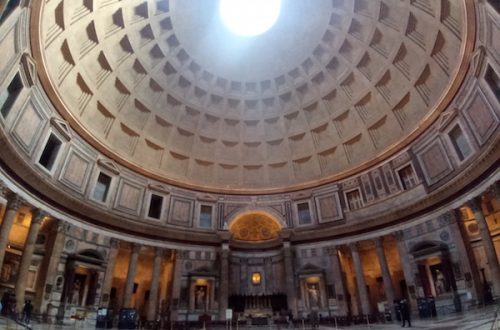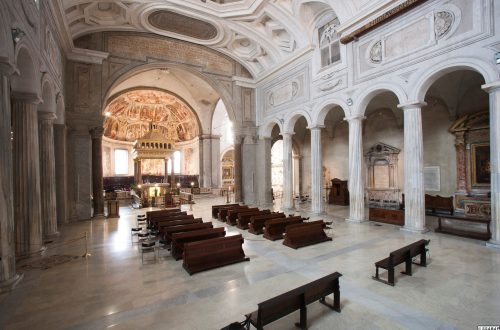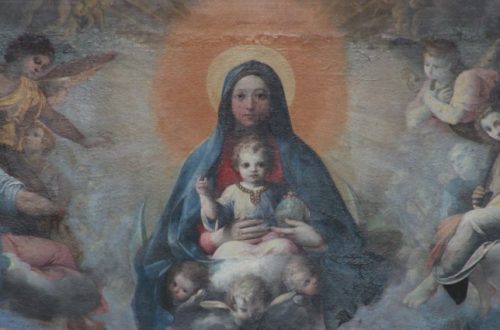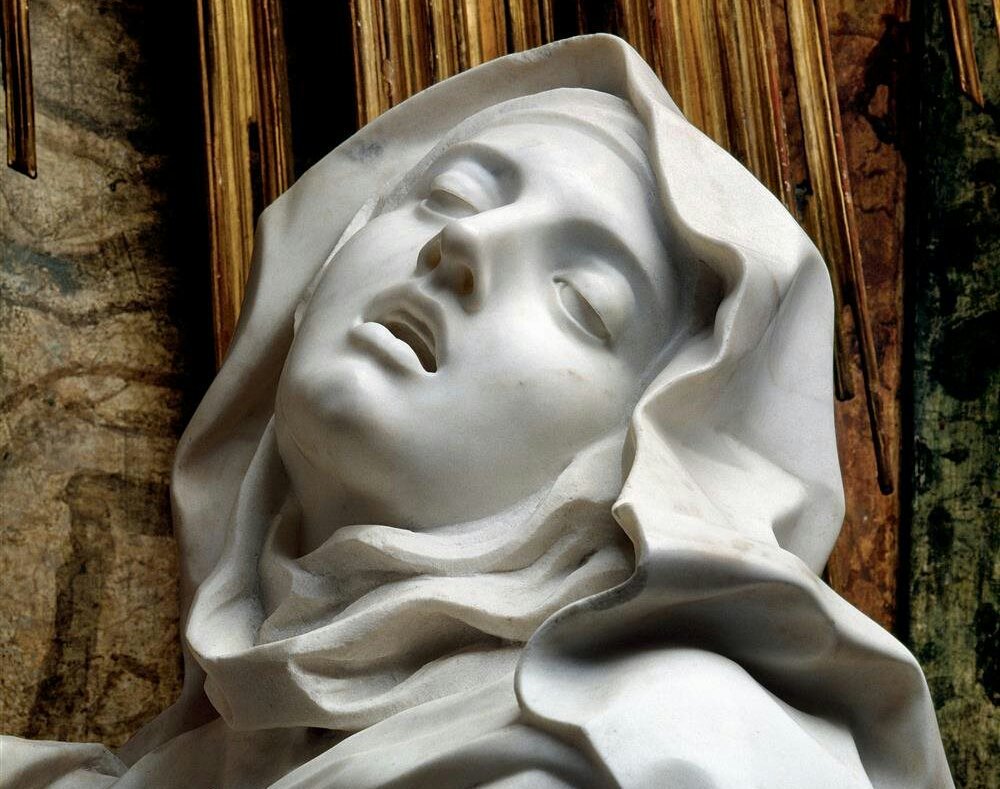
Ecstasy of Saint Teresa
The “Ecstasy of Saint Teresa” (Estasi di Santa Teresa) is a famous sculptural group created by Gian Lorenzo Bernini, an Italian Baroque sculptor and architect. The masterpiece is located in the Cornaro Chapel of the Santa Maria della Vittoria church in Rome, Italy.
The Cornaro Chapel was commissioned by Cardinal Federico Cornaro in the 17th century, and he entrusted the talented Bernini with the task of creating a work that would depict the mystical experience of Saint Teresa of Ávila. Saint Teresa of Ávila was a Spanish mystic, writer, and reformer who lived in the 16th century and was later canonized as a saint.
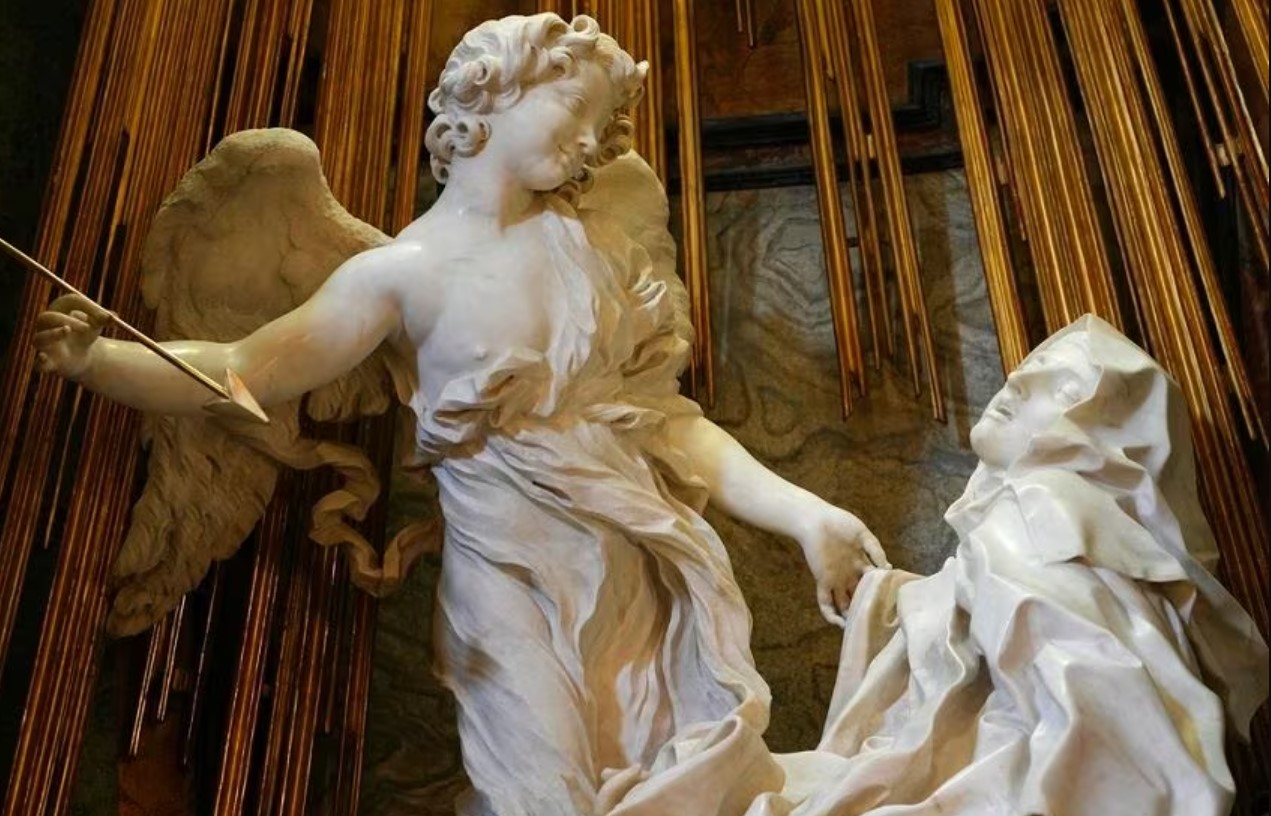
The sculpture depicts a vision described by Saint Teresa in her autobiography. According to her account, an angel pierced her heart with a golden shaft, representing the intense spiritual union between the saint and God. Bernini dramatically captured this moment, showcasing his mastery in expressing emotion and movement through marble sculpture.
The central figures in the composition are Saint Teresa and an angel. Saint Teresa is shown in a state of divine ecstasy, her facial expression conveying a mix of pleasure and pain. The angel, with a golden spear or arrow, hovers above her, symbolizing the divine intervention that resulted in Saint Teresa’s spiritual ecstasy.
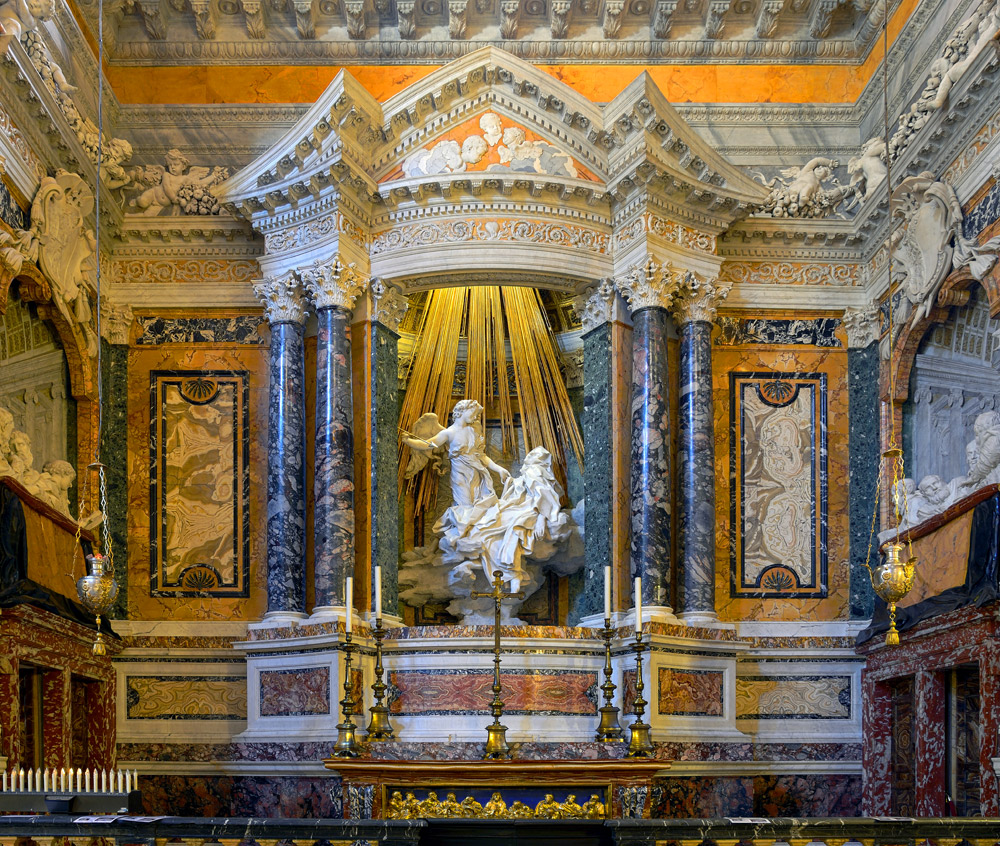
The composition is set within a framework of marble clouds and includes additional elements such as the Cornaro family members witnessing the mystical event. The use of light, theatricality, and intricate details in the sculpture adds to its emotional impact, creating a sense of dynamism and transcendence.
The “Ecstasy of Saint Teresa” is considered one of the masterpieces of Baroque art, showcasing the skill of Gian Lorenzo Bernini in conveying complex emotions and spiritual themes through sculpture. The Cornaro Chapel and its centerpiece remain significant attractions for art enthusiasts and visitors to Santa Maria della Vittoria in Rome.
![]()


